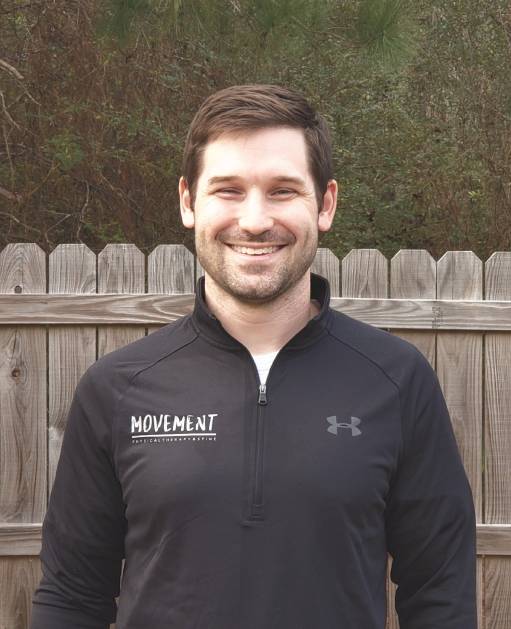Below are a few simple tips that you can begin implementing today to start reversing that chronic, nagging neck pain and stiffness.
1. Don’t Use Your Phone, Tablet or iPad While Lying in Bed
Although our latest and greatest technological advances may allow for efficient communication and provide us with a bounty of information, the postural habits formed from constantly looking down at our devices can commonly result in neck pain.
Many people will browse and play on their devices while in bed before falling asleep. But propping multiple pillows underneath the head to get a better look at your device can do more harm than you think.
Your neck was structured to be able to hold your head upright, not in a forward bending position. Holding this posture for extended periods of time can lead to muscle imbalances, trigger points, structural changes, and stresses onto your nervous system. Keeping your bed a technology free zone will help decrease pain over time.
2. Raise Your Computer Screen to Just Below Eye Level
Adding a mount underneath your computer monitor at home or work will decrease the workload required on your neck and back muscles to hold your head upright.
If you are overworking these muscles, which happens when looking down at a computer screen for extended periods, this can lead to muscle fatigue and even spasms that can cause neck pain.
Imagine having to hold a grocery bag while keeping your elbow bent. You may be able to hold it for a short period of time without any issue, but after a while you will struggle to keep holding the bag up without discomfort. Think of your head like the grocery bag. The farther forward you bend your head, and the longer you hold that position, the harder it will be to hold your head up without discomfort.
3. Sit with a Lumbar Support
Good sitting posture starts with your low back and pelvis. By utilizing a comfortable lumbar pillow behind your low back, the postural strain on your neck and shoulders will be reduced. When you consider the number of hours you sit during the day, this will have a huge impact on your overall neck pain levels by the end of the day.
4. Strengthen Your Upper and Mid-Back
If you sit or stand with rounded shoulders and forward bending posture, it is only a matter of time before the strain on your neck begins to cause pain. Strengthening the muscles in your upper and mid-back will make it easier for you to maintain better posture, thereby reducing neck strain when sitting. A simple exercise you can utilize for this is to perform shoulder blade squeezes. Start by sitting upright in a chair. Gently pull the shoulder blades back and down. Hold for 2-3 seconds then relax. Perform 10-12 repetitions every few hours throughout the day.
5. Ensure the Best Support When Sleeping
Your head and neck should be well supported by pillows overnight.
Side sleepers: the width of your shoulders should indicate the amount of pillows you use. The neck should rest in a neutral position in line with the rest of your spine.
Back sleepers: again consider how your neck and head is positioned once laying down. You shouldn’t need more than one pillow if you spend the whole night snoring away on your back!
Front sleepers: change to one of the above. Sleeping on your front is usually the most uncomfortable position for your neck.
Too few or too many pillows cause the neck to be placed on a stretch, placing muscles and joints in positions they don’t want to be in. Purchasing a “cervical roll” or using a rolled towel can provide support when placed along the base of your pillow case.
6. Give Yourself a Double Chin
The muscles that hold your neck in line with are shoulder are actually in the front of our neck not the back. These are called the deep neck flexors and are an important group of muscles that keep your chin from jutting forward. Performing regular “retractions” of the head and neck will help to strengthen these muscles and reduce the strain on your neck and shoulders from prolonged sitting.
To perform a retraction, start by sitting upright in a chair or laying down on a flat surface. Simultaneously draw your head backwards while making a double chin. It should look as if you are trying to pull your head backwards away from a slobbery dog coming in to lick your face. Start by performing 10-12 repetitions every few hours throughout the day.
7. Get Evaluated by a Movement Expert
Even though using these tips will make a surprising difference with your neck pain, in order to truly get to the root of the problem and fix it for good, it is vital that you consult with a physical therapist that you trust.
Medication may mask symptoms, but rarely resolves the underlying problem. Invasive procedures like surgery and injections are also hit or miss options.
There is no faster way to END your neck pain than by seeing a qualified Doctor of Physical Therapy. If you’re ready to get started, click one of the links below so that we can get you on the road to feeling good again!
~ Dr. Dallin Page


